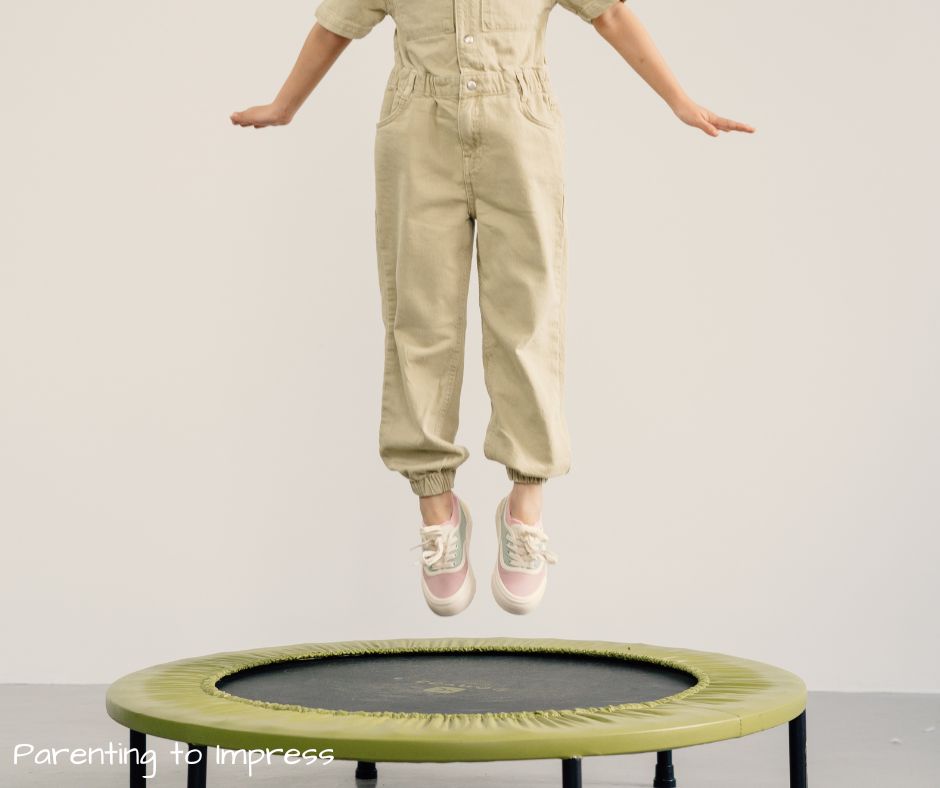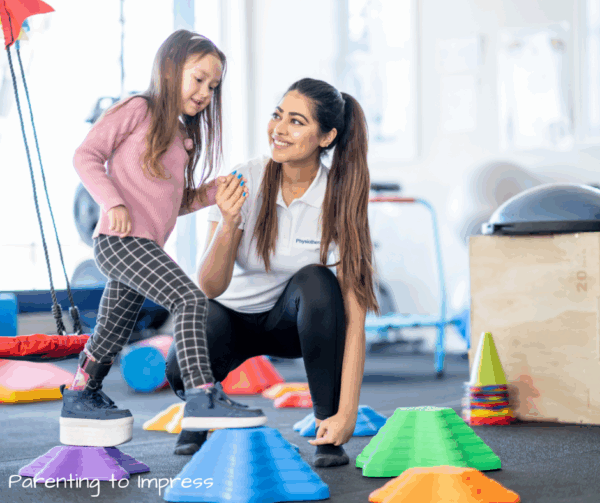If you’re raising a child with Sensory Processing Disorder and don’t have access to occupational therapy (OT), I see you. It’s overwhelming, and the daily challenges can leave you feeling helpless and alone. But mama, you are not without tools or hope. While OT is a wonderful resource, I want to share practical, home-based strategies that made a world of difference for our family — and they can for yours too.

1. Consistent Structure
Children with sensory needs often feel safest in predictable environments. Structure helps reduce anxiety and gives your child clear expectations. For example, bedtime routines with consistent expectations allow the child to predict what will happen next. To help you get started, I created the Bedroom Routine Printable—a simple visual schedule to show your child what to expect and when.

2. Sensory Input Throughout the Day
In our home, much of our son’s “behavior” was rooted in unmet sensory needs. We also had to teach him what appropriate behavior looked like—and how to calm himself when overstimulated. Need help with discipline? I recommend Have a New Kid By Friday by Dr. Kevin Leman. In addition, read some of my discipline posts for other ideas that we have used in our home.
A mini trampoline has been a game-changer in our house. So whether it’s jumping before breakfast or bouncing out big emotions in the afternoon, movement helps regulate our son. You can also try:
- Memory obstacle courses
- Playing outside
- Bike rides
- Sensory bins or playdough
Plan for sensory breaks just like meals or naps—it’s essential, not optional. Make seven minutes of sensory input a goal.

3. Seek Community Help
Even if therapy isn’t available, support may still be within reach:
- Contact your local school district about early childhood services.
- Call an OT clinic and ask for at-home tips.
- Reach out to your pediatrician for ideas.
- Ask local colleges if OT students need volunteer hours.
You might be surprised at how many people are willing to help.

4. Focus on One Behavior at a Time
When you begin meeting sensory needs, behavior issues can bubble up. However, don’t try to fix everything at once. Choose one behavior to work on, because small, consistent wins build momentum and confidence for both of you.

5. Build a Team
Let’s be real: kids often respond better to other adults than their own parents. To be honest, that used to sting, but now I see it as a blessing. Coaches, mentors, Sunday school teachers, neighbors—any trusted adult can help reinforce what you’re teaching at home. God created the body of Christ for a reason – we need each other.

6. Pray Without Ceasing
This isn’t a throwaway line. Prayer has carried me through the days I wanted to give up. Ask God for wisdom, open doors, calm, and insight. He will equip you. Above all, you are not in this alone.
I know navigating Sensory Processing Disorder can feel isolating, especially when OT isn’t an option. But your love, perseverance, and willingness to learn are powerful tools. Trust your instincts. Lean into the resources you do have. And know that God sees your efforts—even when no one else does. Keep going. You’re doing sacred work.
What’s helped your sensory-sensitive child at home? Share your tips in the comments—I’d love to learn from you too!

Keep track of all your summer activities with the Mid-Year 2025/2026 Be Intentional Planner. The organization you love peppered with the beauty you desire.
